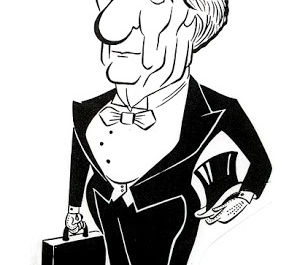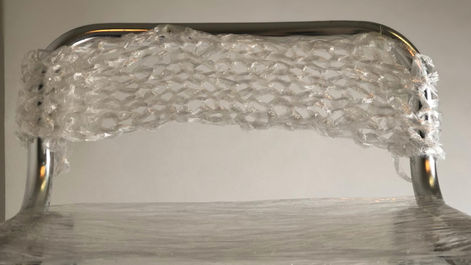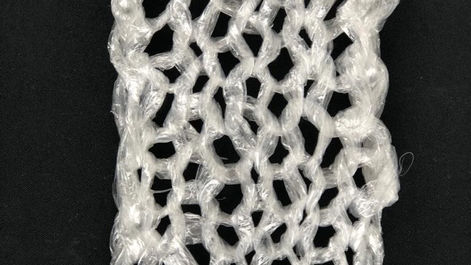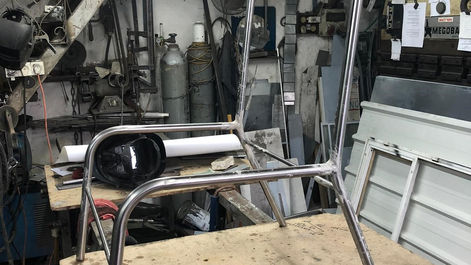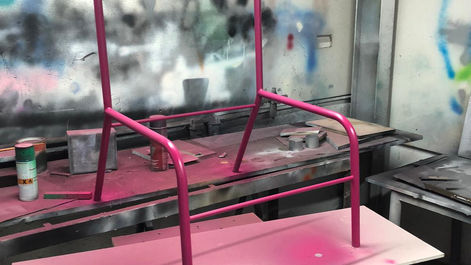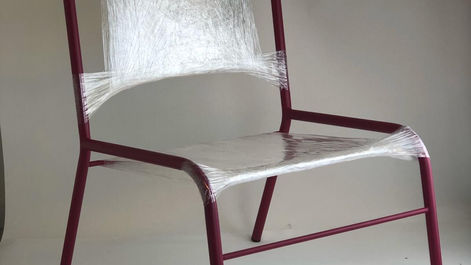Study designs
TK6000 – Concept Design for a Nano-Tech Healing Capsule
This conceptual project explores how futuristic medical technology can be made accessible and emotionally resonant through thoughtful industrial design.
TK6000 is a design for a nano-particle based capsule aimed at fighting cancer cells quickly, painlessly, and efficiently. The project focuses on the capsule’s physical form – its structure, color, and theoretical mechanism – imagining how it could be integrated into future medical systems.
The concept is based on research into nanotechnology and advanced healing methods, combined with a visual investigation of how to make a highly scientific product feel personal, safe, and familiar.
The renderings present the capsule as a sealed, precise object, using a color palette that evokes purity, strength, and softness.
This project questions how design can build trust in technology, even when it’s invisible to the eye.
WAKE ME – A Smart Calm-Intervention System for Drivers
My graduation project tackles a dangerous and widespread problem: driver fatigue and loss of focus on the road.
WAKE ME is an intelligent, non-intrusive system designed to support drivers when signs of tiredness appear. It uses AI principles to monitor small behavioral and physiological indicators such as slowed reaction time, changes in posture, or irregular breathing patterns.
When a risk is detected, the system gently responds – through soft visual alerts, calming sounds, or friendly suggestions to pause and rest.
The project involved thorough research: interviews with drivers, analysis of road accident data, sleep pattern studies, and real-time driving observations.
I aimed not to design a machine – but a quiet companion.
A presence that’s always there, just when you’re too tired to realize you need help.
KIFWEBE SONGYE – Tribal Symbols and Political Identity
This project began as a wood design assignment – but evolved into a cultural exploration of power, identity, and visual influence.
Inspired by the traditional masks of the Songye tribe in Congo, I studied their visual language: symmetry, rigidity, and the frozen authority in their expressions.
I then turned to modern Israeli politics – analyzing cartoons, body language, and public personas – to identify how visual design communicates control, satire, or empathy.
I created a series of original wooden masks blending tribal traditions with contemporary political imagery.
The result is a conceptual and visual statement about how culture, design, and power intersect.
This project invited conversation about the role of design in shaping public perception – and the surprising link between folklore and politics.
Between Nature and Technology – A Hybrid Toothbrush Design
This project explores the tension – and potential harmony – between nature and technology, through the redesign of a common product: the electric toothbrush.
I created a concept for an electric toothbrush that merges natural design language with technological efficiency.
The goal was to make the product feel more human, soft, and connected to the body – while preserving its advanced functionality.
The form and materials were inspired by organic textures and neutral tones, challenging the common aesthetic of clinical, sharp personal care devices.
This toothbrush was developed as part of a material research process focused on grip, comfort, and daily sensory experience.
It invites us to rethink how even our most technical tools can feel gentle, grounded, and emotionally aware.
FOURMI – Rethinking the Toilet Experience from an Insect’s Perspective
FOURMI is a conceptual design project that challenges how we view the most basic human routines – by exploring them through the eyes of insects.
Inspired by ants and their complex social systems, I reimagined the toilet experience from a miniature, non-human perspective.
What if private spaces weren’t private? What if toilets were designed by bugs?
This speculative project questions ideas of privacy, form, and cultural norms.
It uses humor and abstraction to highlight how design influences behavior – even in the most intimate spaces.
The project includes a full branding concept, merging graphic design, physical product design, and social commentary – showing how design can provoke, entertain, and reflect on what it means to be human.
Corona Prevention Chair – Strengthening Through Wrapping
During the COVID-19 pandemic, the idea of “touch” became a source of discomfort. This project explores how a basic piece of furniture – a chair – can become a tool for emotional and physical protection.
Using one of the most accessible materials, plastic wrap, I wrapped the chair’s frame again and again – creating a protective layer that is transparent, soft, and surprisingly durable.
The process itself became part of the design: repetitive wrapping as an act of care and control during uncertain times.
The result is a seat that feels safe, clean, and calming – a personal response to a global experience.
It’s not about high-tech innovation, but about empathy, ritual, and reclaiming the familiar.
This collection of renderings was created as part of my journey to master digital visualization tools – not only for presentation, but as a form of emotional communication.
Each image is the result of deep research into materials, lighting, textures, and digital composition.
I used tools like Rhino, Keyshot, and Solidworks to simulate realistic products – aiming to make the viewer believe they can feel the object through the screen.
These renderings reflect my attention to visual storytelling, technical precision, and the ability to create atmosphere through form and light.





























